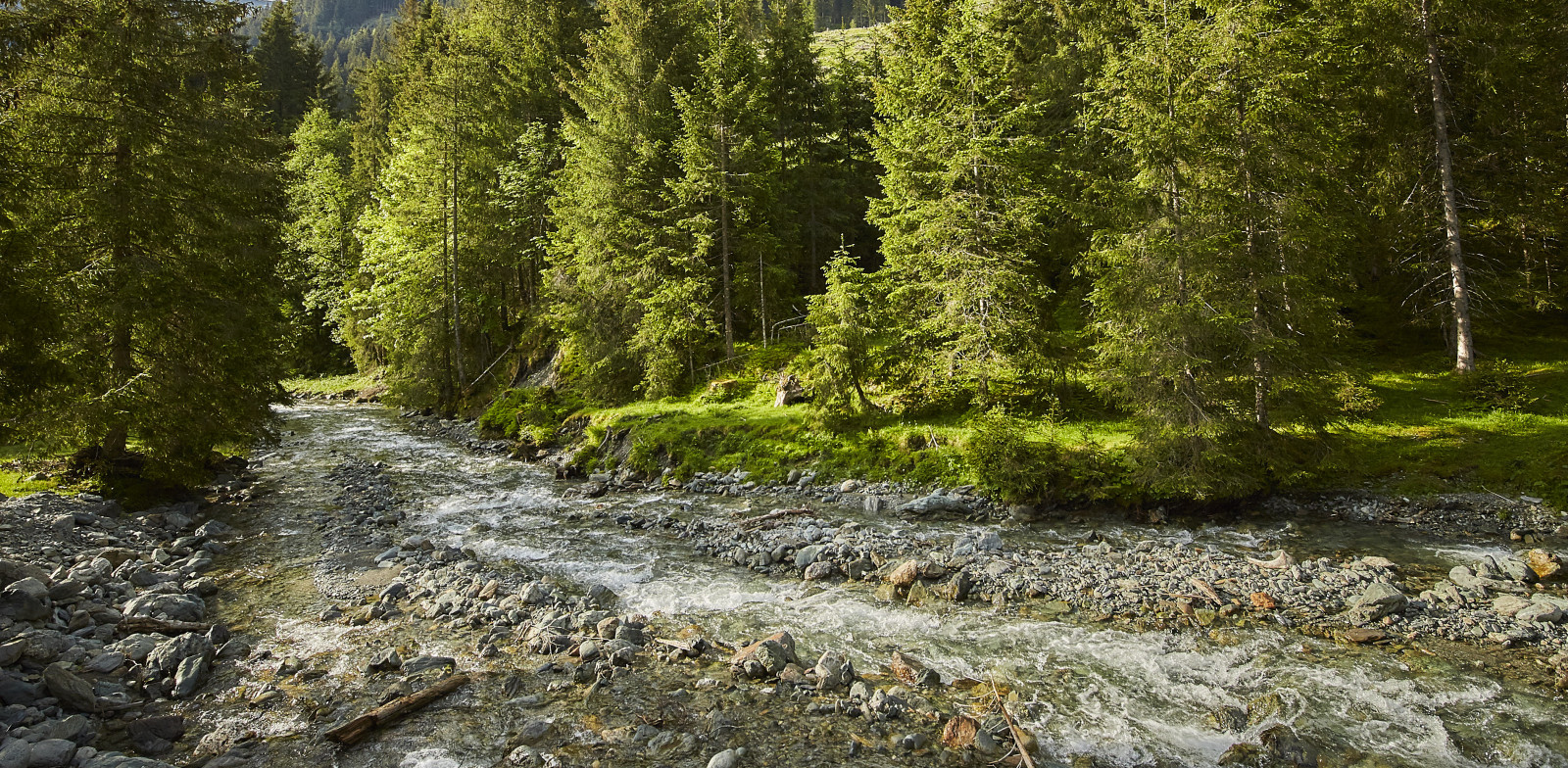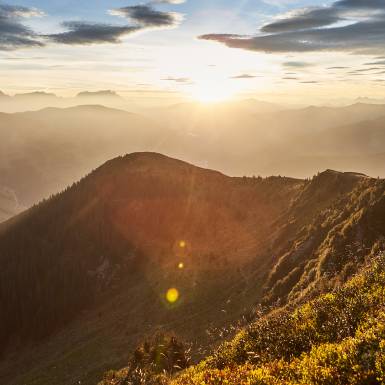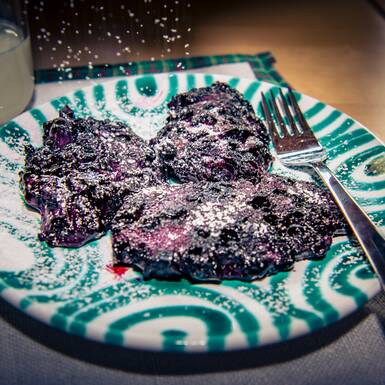- Traditions
- The laid-back 3
3 Tales from the Glemm Valley
One thing has always been said about the folk, they are very sociable They love to gather around the table together and tell a story or two.
Even today, people remember the "stories of the past". Many are funny, some are scary, and a few were told to keep the children in the house at night. Today's Saalbach story is about "wild women" and funny fellows like the "Kasa-Mandl". A journey through time into the world of the locals in times gone by ...
"Das Kasa-Mandl"
The Glemmtal has always been an Alpine pasture region. The animals were driven from the stables to the higher-lying meadows and fields during the summer to enable the farms to be managed profitably. The dairymen and dairywomen's job was to look after the animals, milk them and make cheese. The "Alm-Leut" lived, ate, and slept on the pastures. The limited choice of provisions meant that muas (1), Koch (2), butter and cheese were the main meals in the Alpine huts. According to tradition, the "Kasa-Mandl" (3) would enter the hut as soon as everyone was asleep and eat the delicious crumbs that the people had left. People who have secretly observed the "Kasa-Mandl" describe it as a little dwarf with a grey beard and a green hat.
"Die Howa-Goas und die Rosswald-Schlompin"
Beware of the "Howa-Goas" (4) and the "Rosswald-Schlompin" (5). They haunt people who are still out at night. Sometimes they appear together with an icy-cold wind. The "Howa-Goas" looks like a goat, and on the one hand, serves justice by chasing so-called "Doippn" (6), but on the other hand, she scares children who are not obedient. The "Rosswald-Schlompin" has probably not been seen by anyone before. The ones who have seen her do not talk about it for fear of re-encountering her.
"Der Wossa-Geist der Saalach"
The Saalach is a river that has its source at the Talschluss and flows throughout the entire valley. Because the Glemmtal is very narrow, many people live right next to the water. To protect the children from the stream, which can rise sharply in spring due to the meltwater, they were told about the "Wossa spirit" (7). The ghost has long arms and loves to catch children and keep them with him forever.
People's stories were often frightening. Children were reminded to be obedient, not to go outside alone in the evening and avoid the stream at all costs. At the same time, these stories served as entertainment for the adults.
(1) Muas: A traditional meal made with milk, flour, butter, and berries
(2) Koch: A traditional meal made with milk, flour, butter, and honey
(3) Kasa-Mandl: Taken from the words KAS – cheese and MANDL – (old) man. A "Kasa-Mandl" eats the cheese crumbs.
(4) Howa-Goas: "Howa" is an old word for billy goat, and "GOAS" is the Pinzgauer word for goat (female).
(5) Rosswald-Schlompin: "Rosswald" is an area on the Reiterkogel. Schlompin is an old word for a wild, chaotic, creepy woman.
(6) Doippn: The Pinzgauer word for a thief or offender.
(7) Wossa-Geist: The Pinzgauer word for a water ghost.








